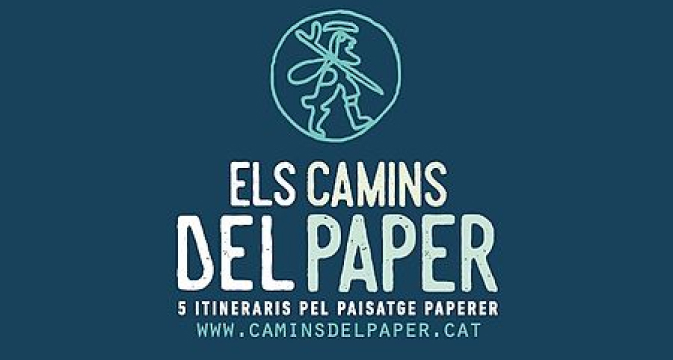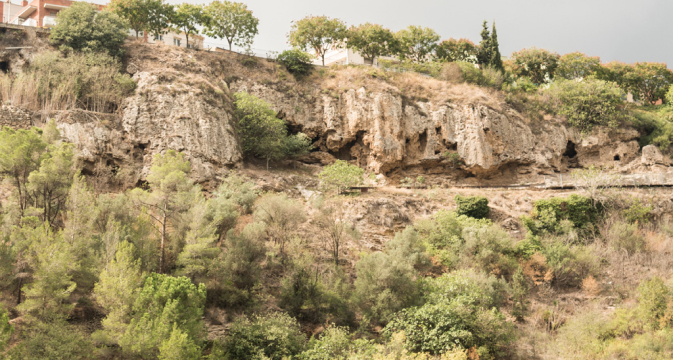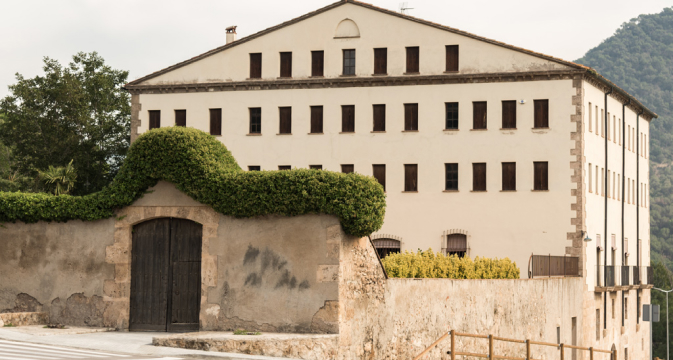Paper paths
5 routes through the papermaking landscape
Between the 18th and 19th centuries, Capellades and its surrounding area made up one of the most important papermaking centres in Spain, specialising in high quality deckled and cigarette paper. Producers such as Romaní, Soteras, Guarro, Serra and Romeu, among others, supplied a large part of the market in Spain, South America and the Philippines.
More than 40 paper mills have been documented throughout the Anoia river basin.
Paper has been one of the main drivers of the economy in this area to this day. Whole families worked in paper mills; tearing cloths, forming the sheets, preparing the glue, stretching the sheets and packing the reams. Many generations have played an important role in the day to day work of the paper industry.
The Paper Mill Museum, with the support of Capellades Town Council, the Barcelona Provincial Council, Anoia Tourist Board and the Capellades Mountain Sports Association, has designed 5 new walks to discover the papermaking landscape of the Anoia region.
With this new project, in addition to the two superb facilities of the Paper Mill Museum and Abric Romaní Prehistoric Park, as well as rice paper as a gastronomic complement, Capellades has established its reputation as one of the main tourist attractions in Central Catalonia.
Apart from being designed as an activity for tourists, the project also aims to raise awareness of all the paper-related heritage in the area and ensure its preservation for future generations.
For more information about these walks, visit http://www.caminsdelpaper.cat or download the guide for the 5 routes via this link.
We suggest you visit the papermaking sites; an industrial landscape made up of the Anoia river, its streams, watercourses, locks and also the paper mills.



